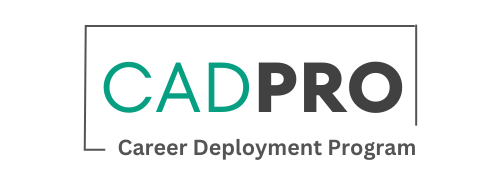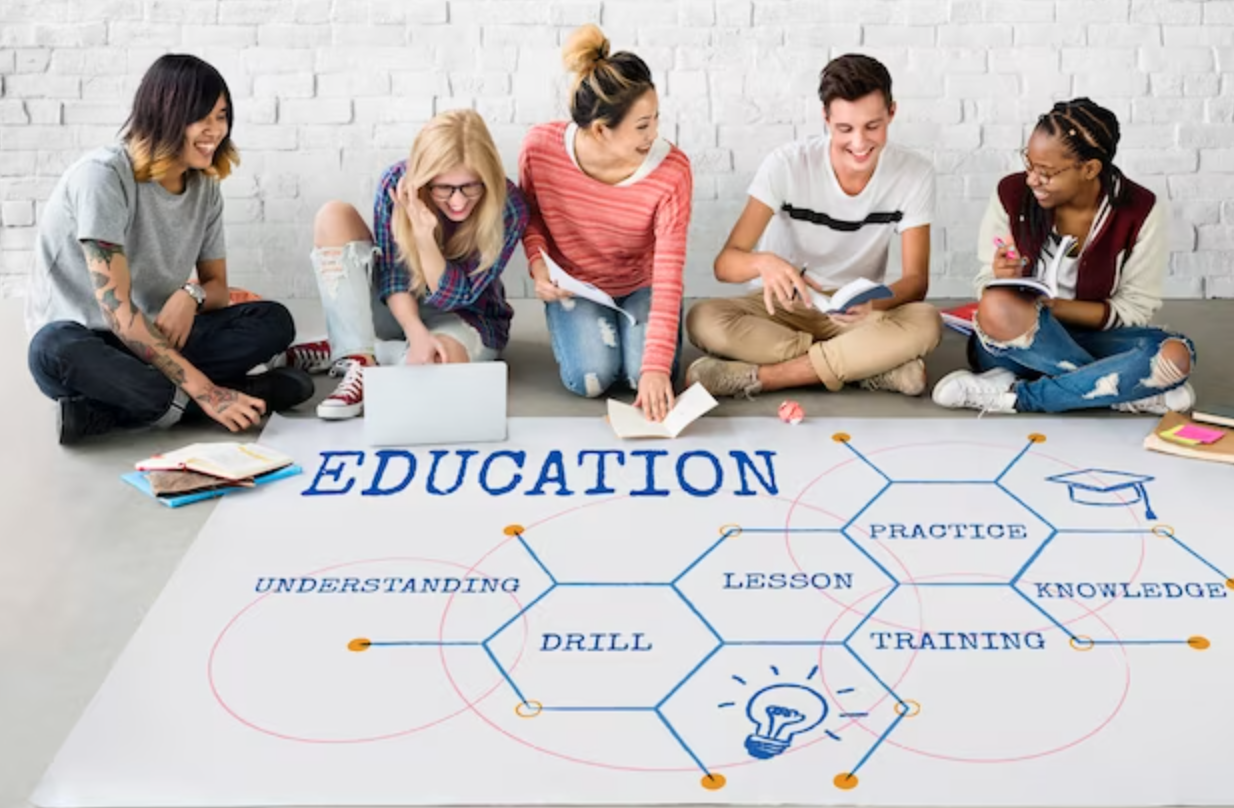

In an era defined by rapid technological advancements and evolving industries, the collaboration between education and the workforce has become more crucial than ever. The challenges posed by the dynamic job market underscore the need for a symbiotic relationship between educational institutions and the workforce industry. This article explores the existing challenges of skills needs and emphasizes the importance of a collaborative approach to finding solutions.
Identifying the Discrepancies:
The workforce landscape is undergoing continuous transformation due to automation, artificial intelligence, and other technological advancements. As a result, the skills required in the workforce are changing at an unprecedented pace. One of the primary challenges is the mismatch between the skills taught in traditional educational settings and the skills demanded by employers. This discrepancy often leaves graduates ill-equipped for the demands of the modern workplace.
The Role of Education:
Educational institutions play a fundamental role in shaping the future workforce. To address the skills gap, educational curricula must be dynamic, adaptable, and aligned with the needs of industries. Collaboration with businesses and stay informed about industry trends are essential for educators to incorporate relevant skills into their teaching methods.

Embracing Technological Integration:
The Fourth Industrial Revolution has brought about a paradigm shift in the skills required by the workforce. Education must evolve to include technological integration, teaching students not only how to use technology but also how to adapt to its continuous evolution. This requires a proactive approach from educational institutions to stay ahead of technological advancements.
Industry Engagement and Partnerships:
Collaboration between educational institutions and industries is key to addressing the skills gap. Establishing partnerships allows educators to gain insights into industry needs, ensuring that curricula are designed to produce job-ready graduates. Internships, apprenticeships, and mentorship programs are valuable tools that bridge the gap between theoretical knowledge and practical skills.

Governments play a crucial role in fostering collaboration between education and the workforce. Implementing policies that incentivize partnerships, support research initiatives, and promote flexible learning models can contribute significantly to addressing the skills gap.
